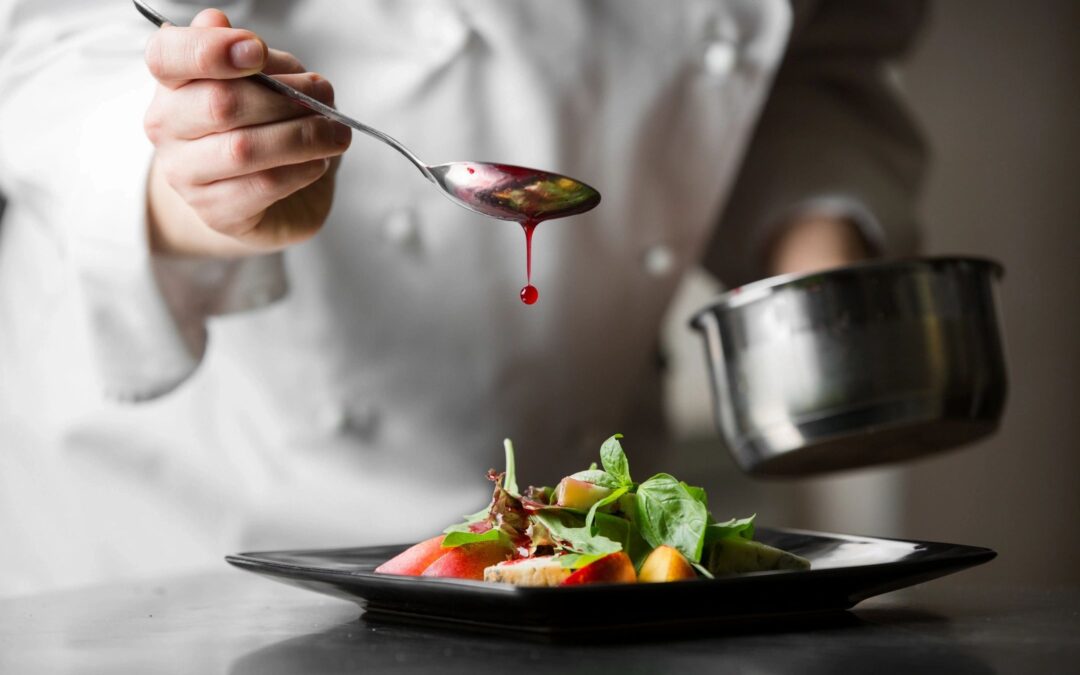By Christopher Dorsett,* Stephanie Mishaga, and Carl Kukkonen –
The Patent Trial and Appeal Board (PTAB) recently reversed obviousness rejections based on an Applicant demonstrating commercial success of an infant spoon, in Ex Parte Doug Gonterman and Jessica Lineberry. The PTAB found sufficient commercial success in the form of sales data, and that such success was directly attributable to the unique features of the Applicant’s product. This success overcame prior art directed to spoons dating back to 1948.
The Application at issue involved NumNum LLC.’s Pre-Spoon GOOtensil™. The Pre-Spoon GOOtensil™ is “a personal food delivery apparatus” designed to aid young children in self-feeding. Three independent claims were reviewed on Appeal, including independent claim 1, which recited:
1. A utensil comprising:
a rounded handle end; and
a food end consisting of an exterior edge and a non-concave surface having interior extending arms,
wherein the utensil is approximately four inches long,
wherein the food end is to enter into a person’s mouth, and
wherein the arms in combination with portions of the non-concave surface together define a food retaining edge, wherein the food retaining edge defines a hole.
During prosecution, the Examiner rejected the independent claims as being obvious using several prior art references dating back to 1948, including a slotted spoon and a flat stirring spoon. In light of these and various other spoon prior art disclosures, the Examiner determined it would have been obvious to one skilled in the art to combine the known elements and that such a combination would yield predictable results.
In considering whether the applied prior art references could be overcome by commercial success, the PTAB applied a two part test whereby the Applicant needs: (1) a showing of a nexus between the claimed invention as recited by the independent claims and commercial success and (2) to demonstrate actual commercial success by showing significant sales of the embodied product in the relevant market. The Applicant bears the burden of proof for both.
Nexus Between Claimed Invention and Commercial Success
In evaluating whether NumNum demonstrated a nexus between the independent claims and its commercial success, the PTAB first compared the description of the utensil in the specification with the NumNum product. It determined that that the independent claims embodied in the “Pre-spoon GOOtensil™” based on a close comparison between the application specification and the NumNum product. For example, the PTAB compared images of the Pre-spoon GOOtensil™ product with the patent application figures and determined that the images mirrored each other. Additionally, all of the features within the Pre-spoon GOOtensil™ product images were recited by the independent claims. Further, as NumNum only sells one product, the PTAB was convinced by the inventor’s declaration that the products essentially embodies the claimed invention as recited by the independent claims.
Next, the PTAB considered whether the commercial success of the Pre-spoon GOOtensil™ product was attributable to the unique features of the invention. The PTAB found it particularly persuasive that the product contained no additional elements other than those detailed in the application claims. Additionally, the PTAB was convinced by the Pre-Spoon GOOtensil™ being priced at nearly double the amount of other spoons designed for children that lacked the claimed elements. The higher price point combined with continued success was found to be compelling evidence of consumer preference for the unique features of the spoon. Likewise, the PTAB found that a small amount of marketing and advertising engaged in by NumNum, and overall small size of the company weighed in favor of demonstrating its commercial success was predominantly due to the claimed features.
Actual Commercial Success
Turning to actual commercial success, the PTAB concluded that the Examiner erroneously discounted NumNum’s evidence of data regarding its share of the relevant market was a critical error. The PTAB reiterated that while market data coupled with sales figures may provide stronger evidence of commercial success, sales data alone can also be evidence of commercial success. NumNum presented year-to-year sales data showing an increase in sales from $37,000 in 2013 to a projected sales of $1,200,000 in 2020. The PTAB found this to be compelling evidence on its own, even absent data on its share of the infant spoon market.
Takeaway
The commercial success of a claimed product is thus a viable, albeit rare, option for overcoming an obviousness rejection. An Applicant bears the burden of proof in establishing such success. It must demonstrate not only that its claimed product is commercially successful based on sales or market share, but also that it is the features of the product sought for patentability lead to the commercial success. Although the PTAB did not address possible bars to patentability induced by the sale of a commercial product, Applicants should be mindful of the interplay between its commercial success and public sale of products sought to be patented.
* Chris is a summer associate in Jones Day’s San Diego Office.
Carl Kukkonen
Latest posts by Carl Kukkonen (see all)
- Federal Circuit Rules That Order Of Steps Sometimes Does Matter - March 11, 2025
- PTAB AIA FY2024 Roundup: Key Insights and Statistics - January 16, 2025
- PTAB Deems Rule Set File A Printed Publication - October 9, 2024

